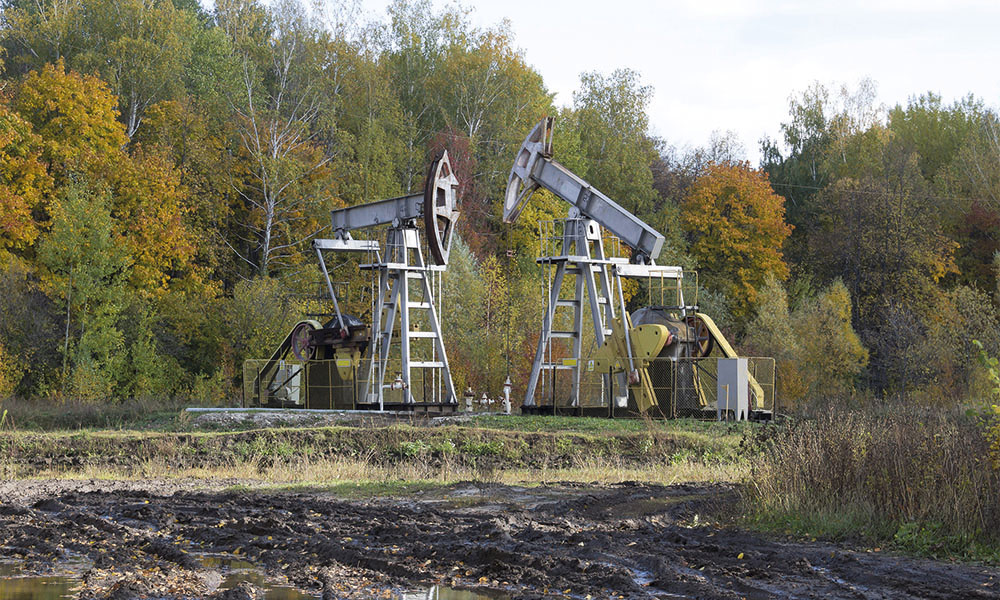Fracking in National Parks

In July 2014 The Oil and Gas Authority (OGA) announced the opening of the 14th round of onshore licensing. During this process, hydrocarbon operators are able to bid for areas to explore and extract oil and gas reserves. These areas are known known as Offered Blocks. The bidding process closed in October 2014 and the OGA made their first announcements of the operators in August 2015, with the second tranche of successful applicants announced in December 2015.
In total 177 blocks were announced. 159 of these had to undergo an additional assessment under the Habitat and Species Regulations 2010 due to their sensitive localities. 83% of these licences relate to unconventional oil and gas (shale, coalbed methane and mine methane vent gas). These are in addition to the areas currently licensed under previous rounds.



Although these areas have been offered to companies, these do not give the operators consent to drill or explore; planning permission and the necessary environmental permits will still need to be obtained from the relevant authorities. However, once these have been obtained, under the Infrastructure Act 2015 operators are no longer required to obtain landowner’s permission if the drilling takes place below 300 metres.
The Infrastructure Act 2015 states that hydraulic fracturing (and other types of hydrocarbon drilling) cannot take place within National Parks, Areas of Outstanding Natural Beauty, groundwater source protection zones and World Heritage Sites, unless the drilling site is located outside of the National Park and the horizontal drilling takes place below 1200m. So in effect, an operator can site their drilling equipment just outside one of these areas; drill to below 1200m, and then drill under and into these sensitive areas.
In the UK there are 15 National Parks covering approximately 2.2 million hectares (ha). Based on our research, 6 of these National Parks could have fracking taking place beneath them, these include – South Downs, Brecon Beacons, Peak District, North York Moors, Exmoor and the Lake District. Collectively, these cover 884,609ha – 40% of the total area of National Parks. Of this area fracking could take place beneath 80%.
| Total (ha) | Total drilling area | % | |
| South Downs | 164,800 | 61,153 | 37.11% |
| Brecon Beacons | 134,500 | 88.56 | 0.07% |
| Peak District | 143,300 | 7,386 | 5.15% |
| North York Moors | 143,600 | 52,900 | 36.84% |
| Exmoor | 69,100 | 322.4 | 0.47% |
| Lake District | 229,309 | 5.658 | 0.00% |
*this research is based on the longest horizontal displacement of existing wells in the UK being 10km (Wytch Farm) and assumes that a well is bored 100m from the edge of a National Park with a 10km reach.
What does this mean for communities?
The process of hydraulic fracturing – fracking – requires the use of large volumes of water. It is estimated that one well will use between 2 and 8 million gallons of water depending on depth of the deposits and the underlying geology at the site – that’s the equivalent of 4 to 15 Olympic-sized swimming pools. Due to the large volumes required this will increase road traffic as tankers will be needed to transport clean water to the site and remove waste water. Groundsure have estimated that between approximately 1,200 and 4,850 tanker journeys could be required per well*.
The oil and gas industry has committed to a benefits package for communities that host shale gas and oil development. This includes:
- £100,000 in community benefits per well-site where fracking takes place (at the exploration stage)
- 1% of revenues at production will be paid out to communities
- Operators will publish evidence each year of how they have met these commitments1.
For further information on fracking and other types of energy exploration please contact Groundsure.
*the average fracking well uses between 2 and 8 million gallons of water. The average medium sized tanker can hold around 15,000 litres. If we estimate that 2 journeys will be made by each tanker, the total number of tanker journeys will be between 1212 and 4848.
2 million gallons = 9,092,180 litres
8 million gallons = 36,368,720 litres
Tanker size = 15,000 litre capacity
9,092,180/15,000 = 606 X 2 journeys = 1212
36,368,720/15,000 = 2424 X 2 journeys = 4848
References
Date:
Oct 4, 2016
Author:
Groundsure

